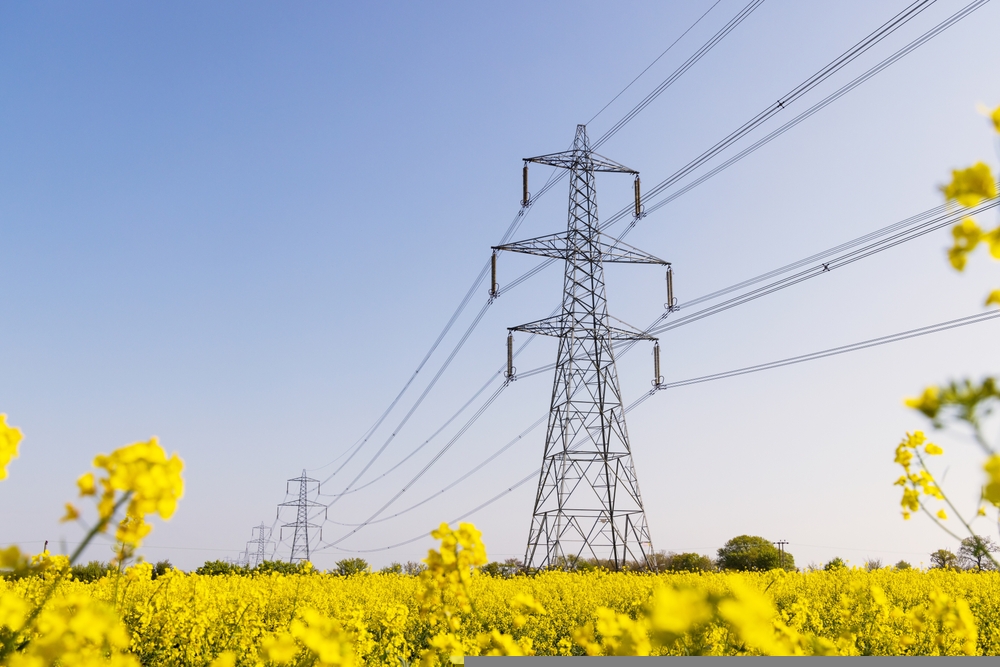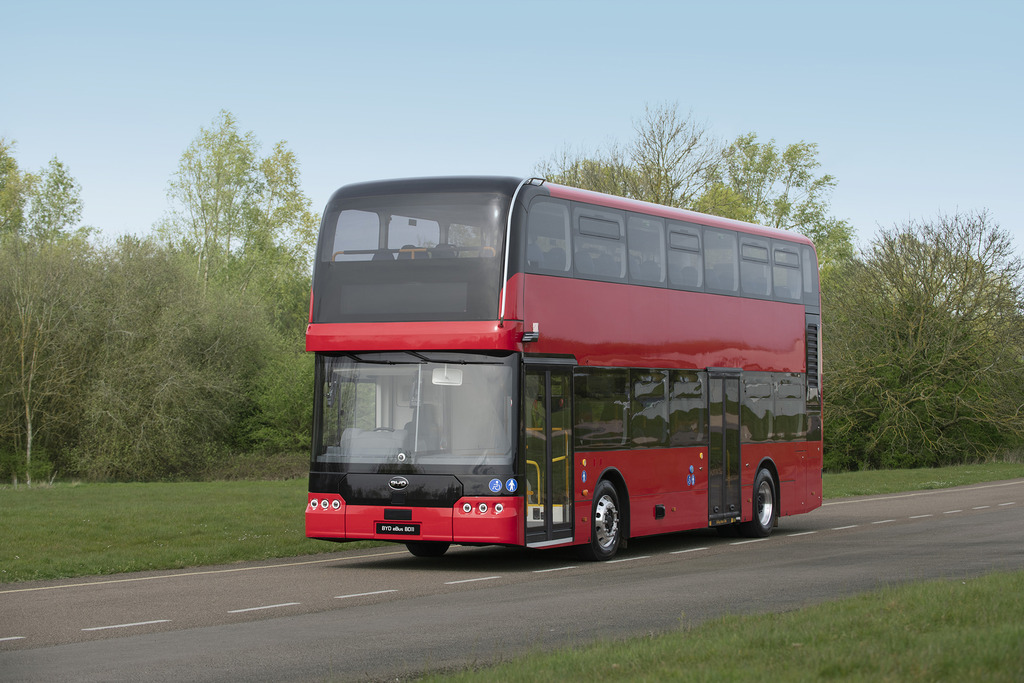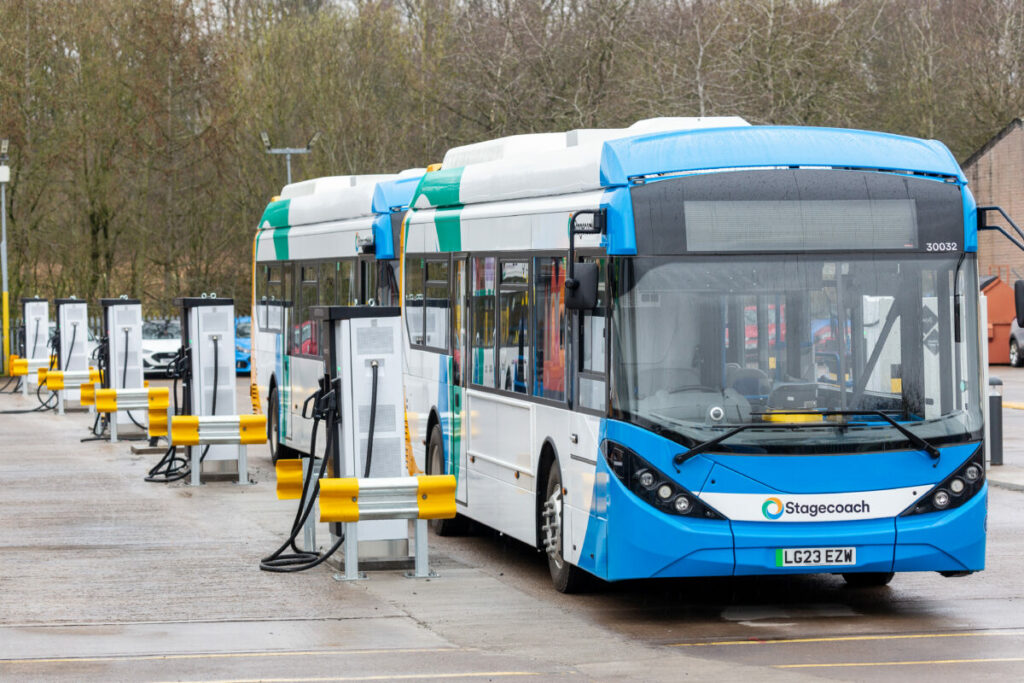‘Location pricing’ – the practise of charging customers different rates for their energy – is being considered by industry regulator Ofgem as part of the bid to decarbonise the National Grid by 2035.
Location pricing encourages clean energy providers to set up infrastructure where is it most needed, leading to better investments and a greener grid.
If implemented, the changes would split Britain’s electricity market into seven charging zones or hundreds of different nodes, making the National Grid more efficient and leading to large variations in price, depending on the customer’s proximity to clean energy generation.
Its supporters argue the location pricing model would encourage more wind turbines to be build in the south of England and gigafactories and hydrogen electrolysis to be installed in Scotland.
However, others claim more work is needed.
Subscribe to Sustainability Beat for free
Sign up here to get the latest sustainability news sent straight to your inbox each morning
Scotland’s energy minister Gillian Martin said location pricing “offers theoretical benefits for consumers, but much more work is needed to understand how those benefits could be secured”.
Supply and demand has to be balanced to avoid blackouts, but this is becoming increasingly difficult as there is limited capacity to transfer clean electricity from Scotland to higher-demand areas in England.
According to the FT, the National Grid’s energy operator spent £1.9 billion on “constraint costs”. It has warned that without reform there would be a “dramatic and accelerating” increase in these costs, which are funded by consumers.
The National Grid believes a shift to the nodal locational pricing model is the best solution to keep costs down across the board.
The move could save £48.8 billion in accumulated network costs by 2040, according to a report by FTI Consulting, commissioned by Ofgem.
The report also found zonal pricing could have less impact on costs.
The localisation pricing model has been rejected by clean energy investors SSE which argues revenues would be harder to predict.
“The 2020s needs to be a decade of delivery,” said Alistair Phillips-Davies, chief executive of SSE, which is planning to invest up to £40 billion by 2030. “Evolution of market design is the way to take investors with us. Experiments will scare them away.”















